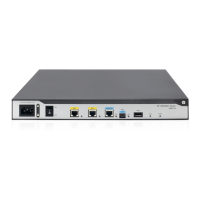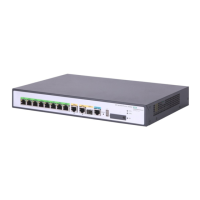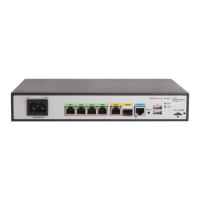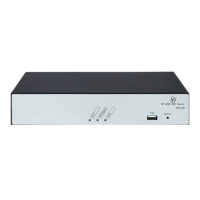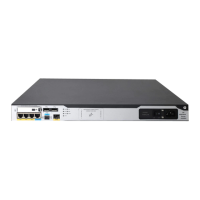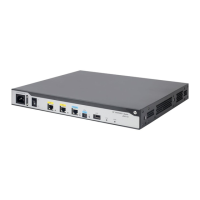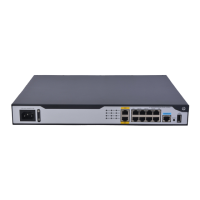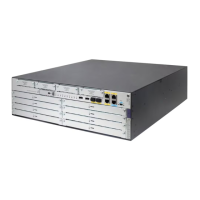110
Item CE1 PRI (30B + D)
CT1 PRI (23B + D)
Countries/areas
• Most Asia countries (including China)
• Europe
• North America (including
USA and Canada)
• Hong Kong
• Japan
ISDN protocol stacks
ISDN provides dial-on-demand links. It sets up and maintains a link only when traffic is present.
The B-channels and the D-channel use separate protocol stacks, as shown in Table 4
.
Table 4 ISDN protocol stacks and OSI reference model
OSI model ISDN la
er
D-channel
B-channel
Network layer Layer 3 Q.931, Call Control (CC) IP, IPX
Data link layer Layer 2 Q.921 PPP, HDLC
Physical layer Layer 1 I.430 BRI/I.431 PRI I.430 BRI/I.431 PRI
The following describes the functionality of the protocols in the D-channel protocol stack:
• Q.921—Provides the following functions:
{ A reliable transport for Layer 3 Q.931 signaling messages.
{ Identification of frames.
{ Flow control mechanisms for data transmission and reception.
• Q.931—Provides call control and management. These functions include call setup, call
disconnection, and request for services from Layer 2.
• Call control (CC)—Forwards messages received by Q.931 from the network side to higher-layer
applications such as the DDR or voice module for information conversion and call routing.
Figure 37 ISDN D-channel protocol stack
ISDN application scenarios
Figure 38 and Figure 39 show typical ISDN network diagrams for data services and voice services,
respectively.
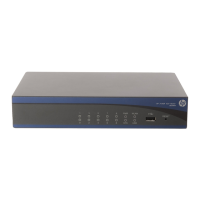
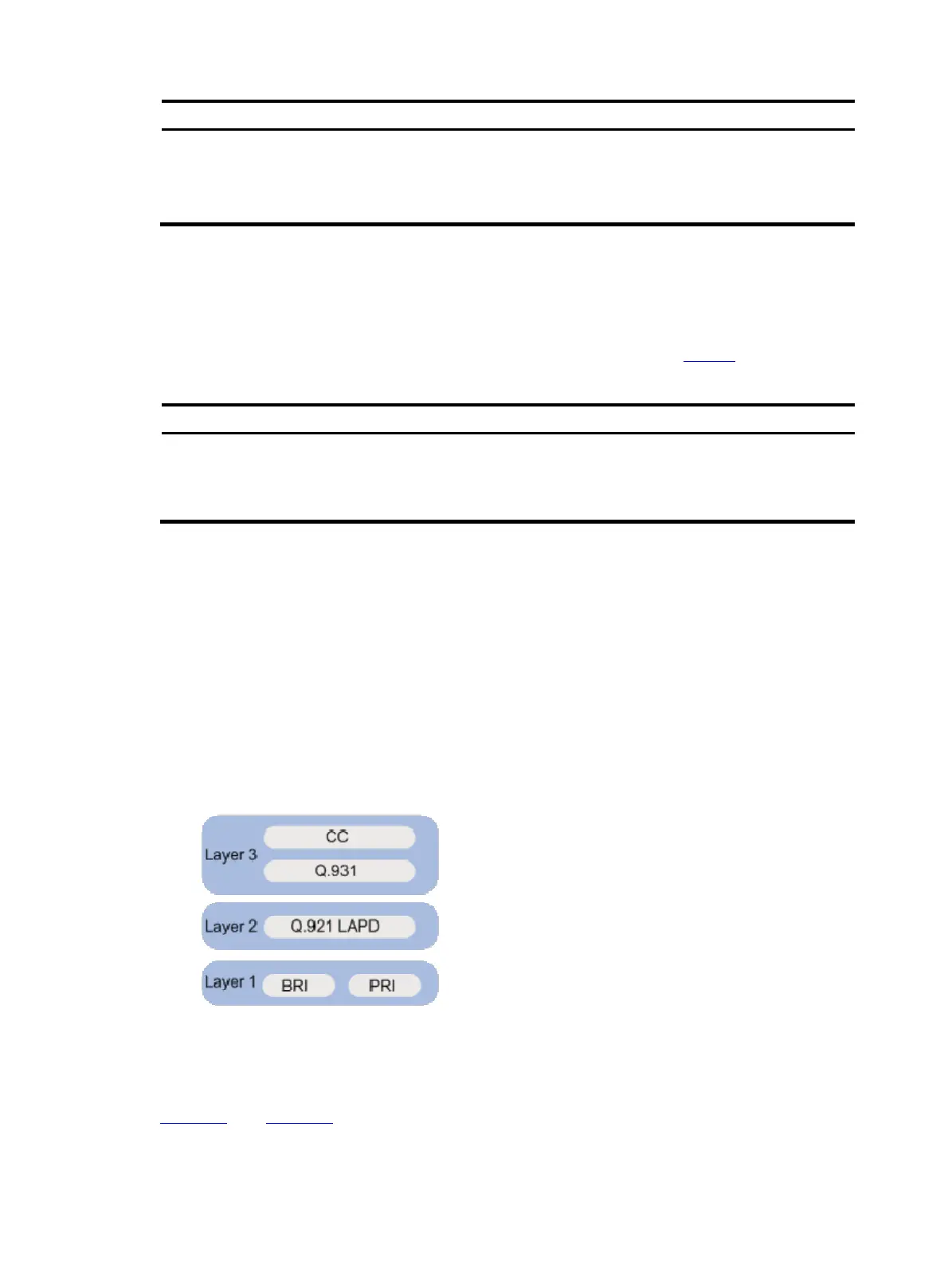